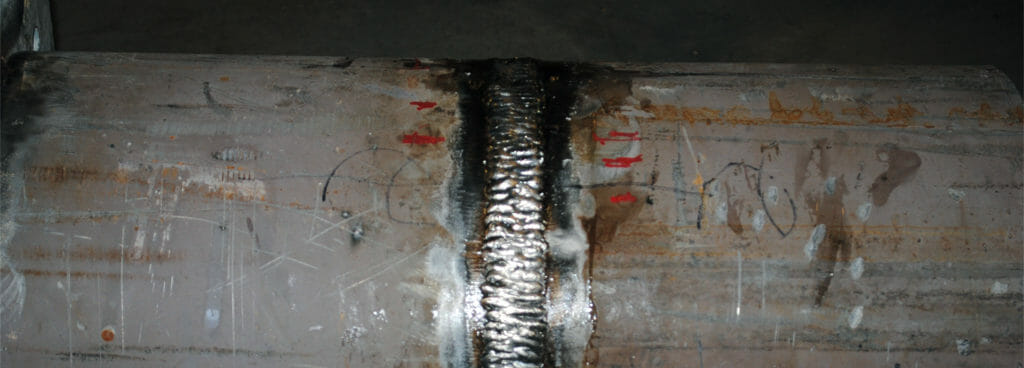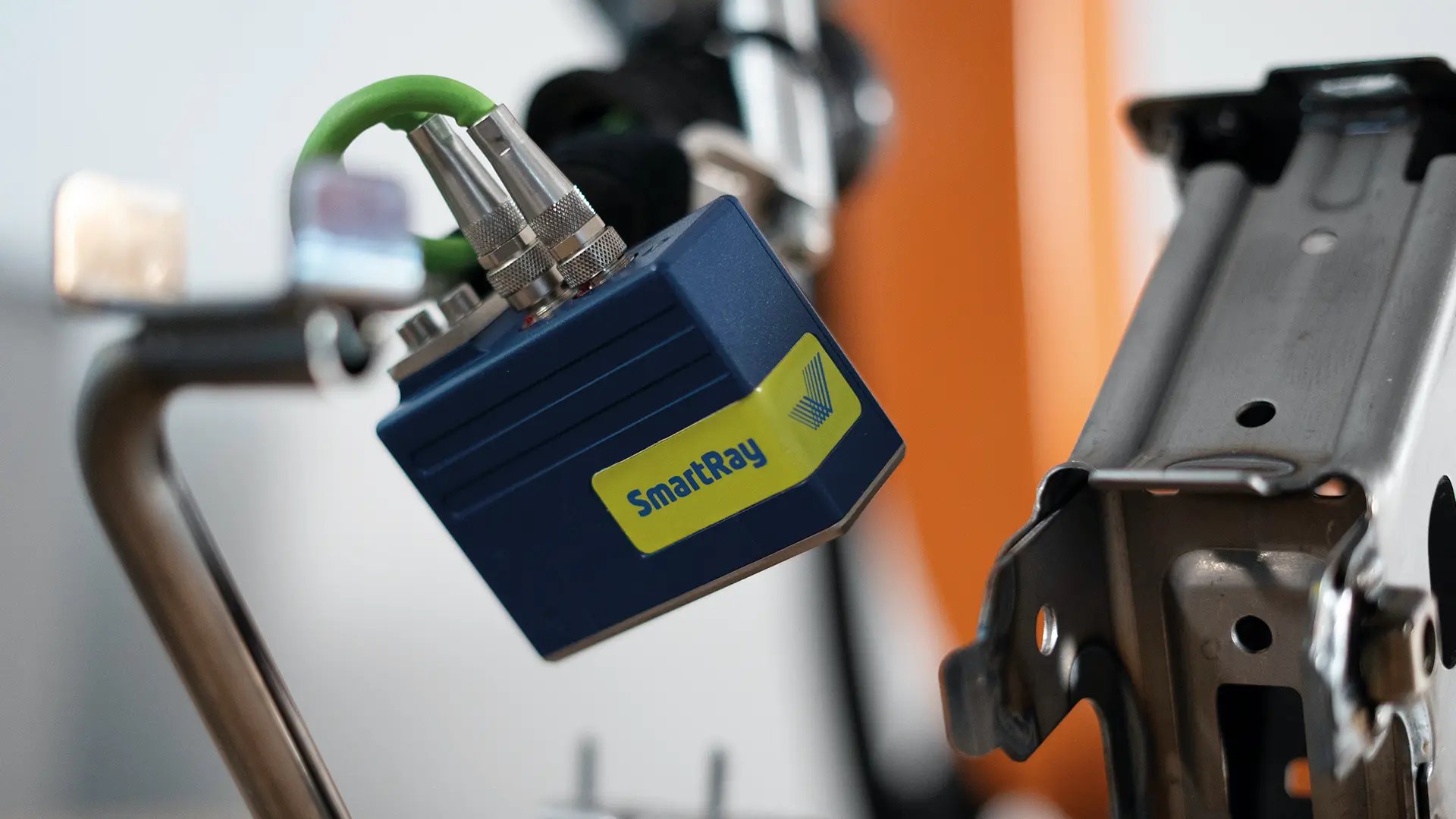The Importance of Thorough Welding Examination in Industrial Applications
In the realm of industrial applications, the significance of careful welding inspection can not be overstated. As we discover the complex benefits of diligent welding assessments, one must think about the wider effects on safety, integrity, and cost-effectiveness in industrial operations.
Enhancing Structural Integrity
When it comes to welding evaluation in commercial applications, boosting structural integrity is paramount. The primary objective of welding examination is to ensure that the welds are qualified of birthing the expected lots and tensions they will run into in solution.
The significance of keeping structural integrity in bonded structures can not be overemphasized. Badly implemented welds can lead to devastating failings, resulting in costly repairs, downtime, and also endangerment of human lives. Examiners play a crucial role in the lifecycle of industrial parts, offering guarantee that the welding process supplies the desired stamina and resilience.
In addition, advanced innovations, such as phased array ultrasonic screening and electronic radiography, offer improved abilities in detecting possible weaknesses, permitting restorative actions prior to issues intensify. By focusing on the honesty of welds through precise examination, industries can make sure functional efficiency and prolong the durability of their framework.
Identifying Welding Problems
Identifying welding issues is an important element of guaranteeing the security and reliability of welded frameworks. Typical welding flaws consist of porosity, fractures, incomplete fusion, and damaging.

Skilled examiners make use of both aesthetic evaluation and progressed non-destructive testing (NDT) techniques, such as radiographic or ultrasonic testing, to discover these issues. The timely identification and correction of welding issues are critical to maintain the structural stability and durability of commercial components.
Guaranteeing Conformity Specifications
Compliance with established criteria, such as those given by the American Welding Culture (AWS) and the International Company for Standardization (ISO), guarantees that welds satisfy minimum safety and top quality needs. These requirements encompass a wide array of standards, including material requirements, welding procedures, and qualification of welders.
Regular audits and inspections are necessary in verifying conformity. Inspectors need to have an extensive understanding of the pertinent requirements and be experienced at utilizing various non-destructive testing (NDT) techniques to assess weld top quality. By ensuring that welding methods straighten with compliance criteria, companies mitigate the danger of non-conformity, which can bring about legal obligations and safety and security risks.
Furthermore, preserving compliance directory not just safeguards structural integrity but likewise boosts a company's online reputation in the industry. Stakeholders and customers are extra likely to depend on companies that regularly demonstrate a dedication to top quality and safety through extensive conformity. Hence, ensuring compliance requirements is a critical component in the successful application of welding in commercial applications.
Lowering Maintenance Costs

The application of innovative non-destructive testing (NDT) techniques, consisting of ultrasonic, radiographic, and magnetic particle inspections, enhances the ability to spot subsurface problems without jeopardizing the structural stability of parts. By using these strategies, industries can considerably prolong the life span of their tools, decreasing downtime and the associated financial problem of upkeep activities.
Additionally, a robust welding examination regimen supports the optimization of maintenance routines, changing from reactive to anticipating maintenance strategies. This aggressive approach not just stops unanticipated failures yet likewise streamlines source appropriation, making certain that upkeep initiatives are focused and effective. Inevitably, the investment in strenuous welding evaluation is countered by the significant financial click to read more savings recognized with lowered maintenance needs, contributing positively to the general operational effectiveness of commercial business.
Improving Safety Actions
Although safety and security is a paramount problem in commercial operations, achieving optimal safety and security criteria needs a specialized concentrate on the high quality and reliability of welded structures. Welding inspection plays a critical function in this context, as it guarantees that all joints and links satisfy stringent security standards. Comprehensive assessments help determine defects such as splits, porosity, or incomplete combination that can compromise architectural honesty. Such issues, if left unaddressed, posture substantial risks, potentially bring about tragic failings.
To improve precaution, adopting sophisticated non-destructive screening (NDT) methods is necessary. Techniques like ultrasonic testing, radiographic screening, and magnetic fragment examination permit in-depth assessment without harming the framework. These innovations allow assessors to spot hidden imperfections early in the building procedure, helping with timely rehabilitative activities. In addition, carrying out a durable top quality control system that includes routine training for examiners and welders guarantees adherence to established security requirements.
Finally, cultivating a culture of safety and security within the organization highlights the value of comprehensive welding evaluations. Urging open interaction and cooperation amongst engineers, welders, and examiners adds to a common dedication to security excellence. Welding Inspection Madison. In doing so, sectors can protect their procedures, protect personnel, and maintain public trust fund

Final Thought
Complete welding examination is crucial in industrial applications, considerably enhancing structural honesty and integrity. Ultimately, the attentive execution of welding evaluations plays a critical duty in maintaining functional performance and safety and security in industrial settings.
As we check out the diverse benefits of thorough welding evaluations, one must consider the wider ramifications on safety and security, reliability, and cost-effectiveness in commercial operations.
The main objective of welding inspection is to make certain that the welds are qualified of birthing the anticipated stress and anxieties and loads they will certainly encounter in service. Reliable welding inspection plays an integral duty in reducing these prices by ensuring the check my blog integrity and durability of welds, consequently minimizing the threat of early failings.Extensive welding assessment is indispensable in industrial applications, considerably improving structural stability and dependability. Eventually, the persistent execution of welding assessments plays a critical duty in keeping functional effectiveness and safety and security in commercial setups.
Comments on “Comprehending the Relevance of Welding Inspection Madison in Building”